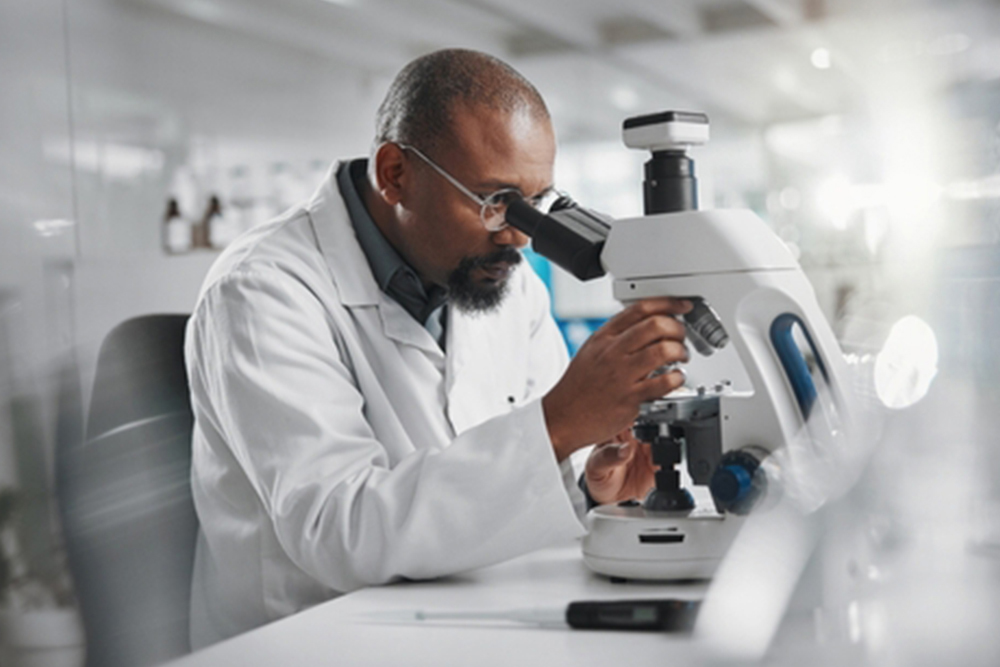Diagnosing MASLD involves detecting hepatic steatosis and at least one cardiometabolic risk factor. Non-invasive imaging techniques, like transient elastography, are increasingly utilized to assess liver health, but liver biopsy remains the gold standard, especially for staging fibrosis or confirming uncertain diagnoses. Despite its diagnostic value, liver biopsy poses risks, especially in pediatric cases, where less invasive methods are preferable.
The management of MASLD relies heavily on precise histopathological assessments, supported by emerging AI technologies that enhance diagnostic accuracy. AI tools, like machine learning-based NASH algorithms, have shown promise in providing reproducible evaluations of fibrosis and inflammation, complementing pathologists’ work in clinical trials. Advances in genetic studies, including research on PNPLA3 and TM6SF2 variants, further highlight the genetic underpinnings of MASLD. While non-invasive tools like magnetic resonance imaging (MRI) offer promising diagnostic potential, combining imaging techniques with biochemical markers remains crucial. Close collaboration between pathologists and hepatologists ensures proper interpretation of diagnostic findings, guiding effective treatment strategies for MASLD.
Reference: Sergi CM. NAFLD (MASLD)/NASH (MASH): Does It Bother to Label at All? A Comprehensive Narrative Review. Int J Mol Sci. 2024 Aug 2;25(15):8462. doi: 10.3390/ijms25158462. PMID: 39126031; PMCID: PMC11313354.









